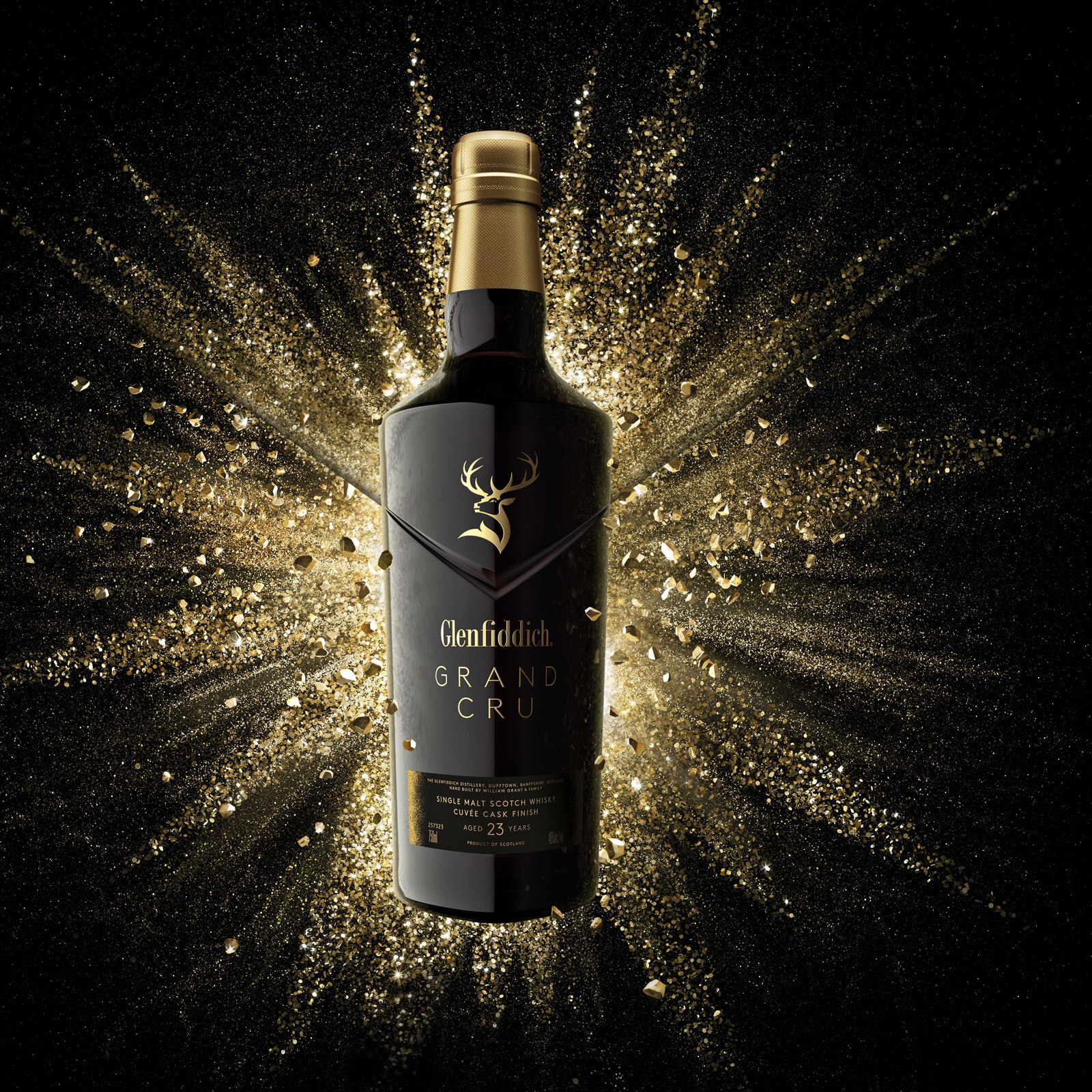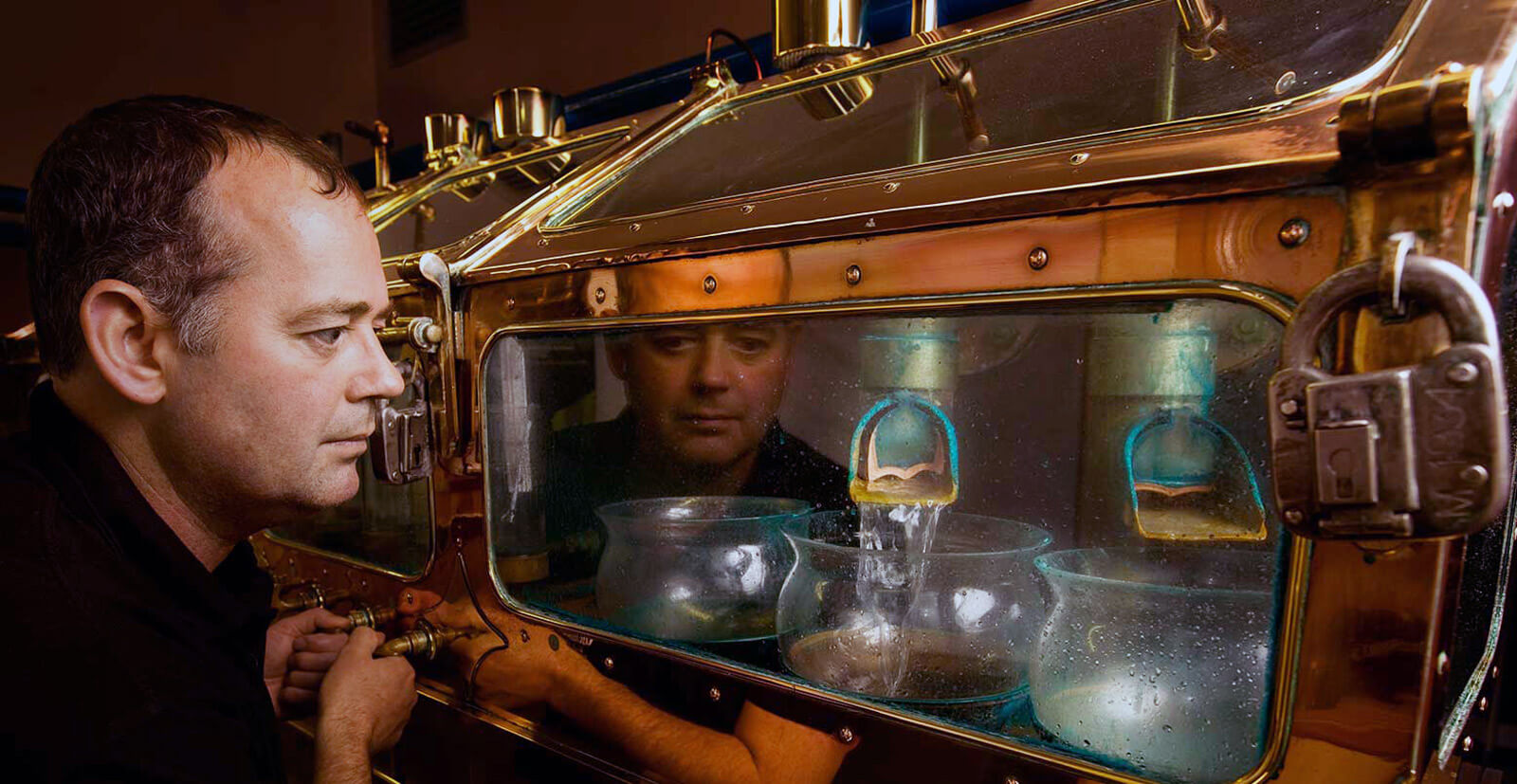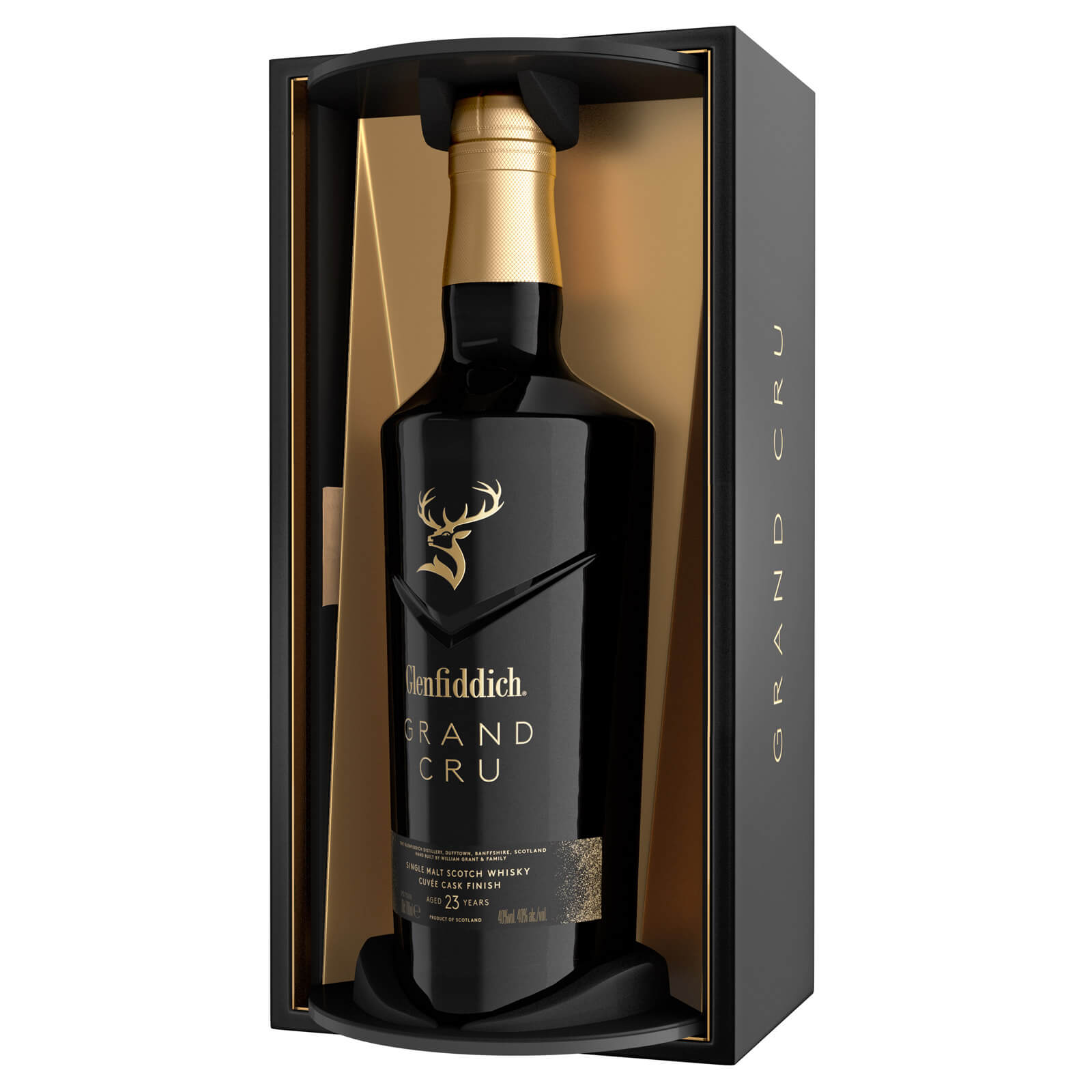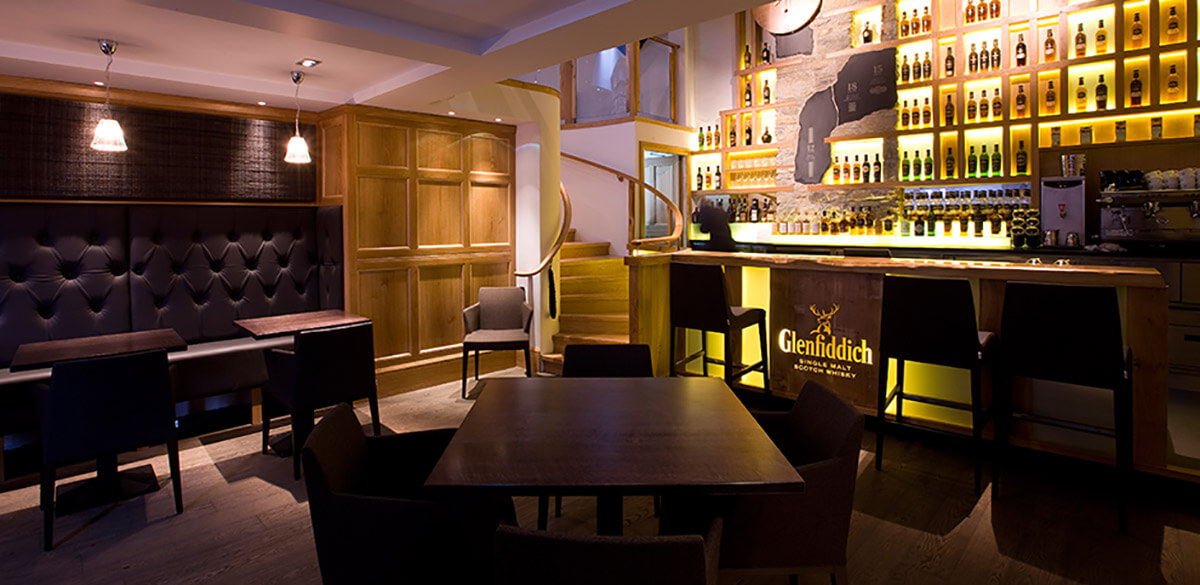by Ken Gargett
The name William Grant is well known to lovers of great malt whisky, but a century and a half ago our hero was nothing more than a bookkeeper with a dream of making the “best dram in the valley.”
Grant worked at the Mortlach Distillery and took careful note of all that was happening. Eventually, at the age of 47, Grant quit his job and paid £119, 19 shillings, and 10 pence for a copper pot still and associated equipment and, with the assistance of his seven sons and two daughters, set off to make that “best dram.”
Christmas Day 1887 saw the first spirit shared among the family, and his little distillery was dubbed Glenfiddich, meaning “valley of the deer.” As soon as he could, Grant purchased the nearby Robbie Dhu Spring, an incomparable source of quality water for whisky. The nearby stream was actually called the Fiddich.
The Grant family empire is now far more extensive than that initial effort. Glenfiddich remains the only Speyside distillery distilling, maturing, and bottling on site (these days, the 12-Year-Old is an exception).
Brian Kinsman has been the malt master for a decade and has earned a reputation for innovation of the highest standards. This is always a bit of a high-wire act as, when your company sells around 14 million bottles of malt every year, you must also keep the traditional customers happy.
And that in itself is of interest. Glenfiddich is a “love-it-or-hate-it” style. A great many people love it: just look at the sales. It is not number one for nothing.
But some dismiss it immediately. Never quite understood that as Glenfiddich has some wonderful whiskies. I have friends who drink little else, still others who would look at you as though you should be chased by the men with the butterfly nets if you uttered a word against it.
But “love-it-or-hate-it” malts are hardly news. Mention Islay in a room of whisky fans and watch it split down the middle – some adore those incredible, smoky, peaty notes while others detest them. I’m very much in the former camp.
As well as its core range, Glenfiddich has become well known for its special releases, limited edition malts, and one-off bottlings. A few years ago, I picked up a couple of bottles of its one-off Snow Phoenix in duty free when returning from a fishing trip to New Zealand. Had I known that the tins in which they came would end up being more valuable than most whiskies, let alone what the bottles now go for, I may not have been so quick to enjoy them.
Winter Storm was another highly regarded release, though one I missed (clearly, I need to go fishing more often).
The Experimental Series is throwing up some exciting options for those prepared to take a chance.

Glenfiddich Grand Cru
Now, we have a new and exciting malt from Glenfiddich (well, Australia will in June but it is already available in many other nations), the Grand Cru (£220/AUD$390), the first in the Grand series.
What is Glenfiddich Grand Cru?
Glenfiddich Grand Cru is a 23-Year-Old malt, finished in French cuvée oak casks. The PR team has been very active with this one – “sets out to redefine moments of celebration,” “a new and extraordinary drinking experience,” “created for the non-conformists,” “uniquely crafted as a surprising delight,” “for those tearing up the rule book.”
Always good to see the marketing department earning its dosh.

“Making of” at the Glenfiddich distillery
More usefully, they advise that the whisky is matured in American and European oak casks before it is finished in French cuvée casks for six months. It is the only Glenfiddich malt to receive this treatment. The six-month period was the result of a series of experiments as to what length of time best suited the malt.
I was a little puzzled as to what exactly French cuvée casks are, but there is speculation that they are from Champagne. It must be stressed that no one from Glenfiddich, or associated with the company, is suggesting Champagne. They are talking “a great sparkling wine from France.” Unfortunately, commercial agreements prevent Glenfiddich from revealing the source of its casks.
Purely on my own speculation and as a completely unrelated digression, I find it really interesting as the majority of champagne houses tend to use stainless steel rather than oak casks, but we are seeing more and more of it through the emergence of quality growers like Selosse and Collin, among many others.
Producers like Krug and Bollinger also use oak, usually however these are casks that are very old as the aim is not to give too much cask character to the wine. How much is given to the malts is a question to be explored. Unfortunately, commercial agreements prevent Glenfiddich from revealing the source of its casks.
Why French cuvée casks? Kinsman was keen to accentuate the floral notes of the whisky.

Glenfiddich Grand Cru
The Grand Cru is 40 percent, and the bottle is 700 ml. Worth noting that it is exquisitely presented. The Grand Series will have two more releases later this year, so stay tuned.
Of course, in the end, all this means nothing unless we have a cracking whisky.
How did Glenfiddich Grand Cru measure up?
Ever so slightly pale in color, it walks a fine line between the richness it offers and the elegance and floral notes. A hint of glacé fruit, brioche and apple orchards. There is vanillin oak on the palate, with white chocolate and stone fruits, spices, and the merest hint of raspberry.

The Malt Barn Bar at the Glenfiddich Distillery
The texture is cushiony soft and creamy. Excellent finish, great length. This malt is impeccably balanced and complex throughout.
Glenfiddich Grand Cru is a malt that is finely crafted and utterly superb. Whether it offers value will be up to each individual, but there is no question that it is a really lovely whisky. We look forward to the next release in the series.
For more information, please visit www.glenfiddich.com/uk/shop/single-malt-scotch/grand-cru.
You may also enjoy:
Teeling Whiskey: The World’s Best Single Malt, That’s Official
Yamazaki 12-Year-Old Japanese Whisky: Why Pricing Has Gone Through The Roof
Chichibu Whisky: The Japanese Version Of Pappy Van Winkle
Lagavulin 16-Year-Old Whisky And Why Ron Swanson Was Right On The Money
Last Drop 1971 Blended Scotch Whisky: Is This The World’s Most Exclusive Whisky?





















































Leave a Reply
Want to join the discussion?Feel free to contribute!